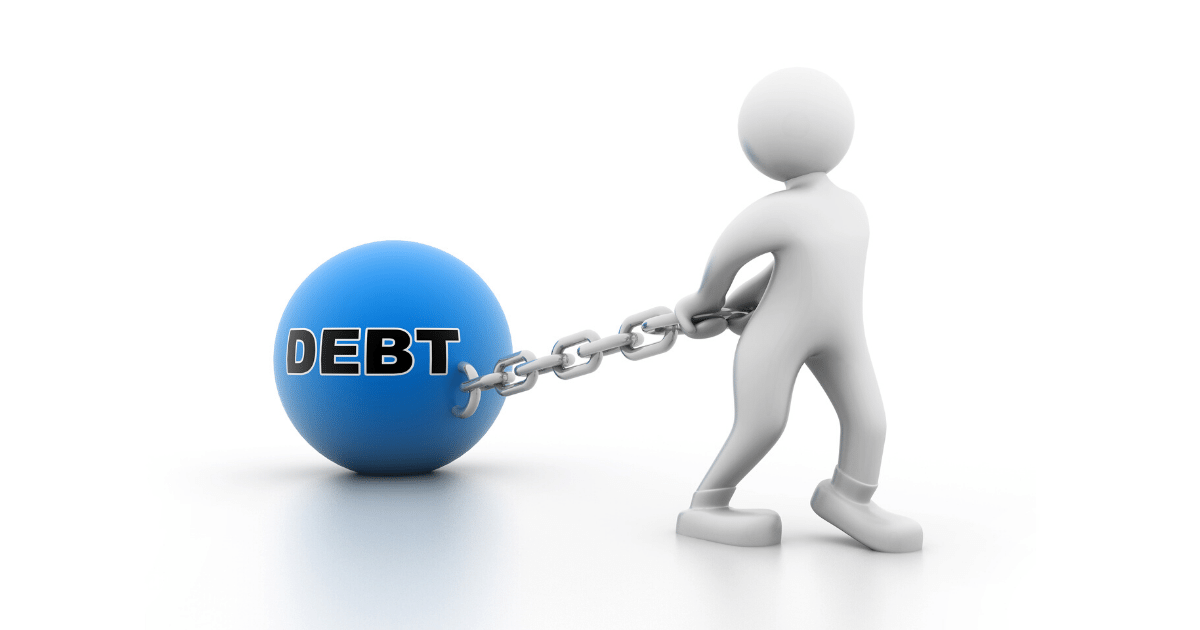By Charlestien Harris
We have all been through a lot financially, since the pandemic hit in 2020. However, there is light at the end of the tunnel. The immediate concern most of us have is how much more debt we are accumulating and how we can reduce our debt during a time of reduced resources. Getting out of debt can be hard even when you have plenty of money coming in, so trying to face this challenge when you’re on a low income can be even more difficult.
I want you to know there is hope and that you’re not up against what you might think is insurmountable debt. There are some simple steps that can help you to achieve your goal of being debt free. One of the first steps you want to take is to acknowledge how much debt you have accumulated. How do you know where you are going if you don’t know where you started?
Add all the debt into a sum-total to know exactly how much debt you are dealing with. You can’t reduce the debt that you don’t acknowledge you have. One of the most important elements of any debt-reduction plan is to choose which debt to tackle first. (We’ll talk about that more later.)
You’ve probably heard or read about the next step which is to set up a budget or spending plan. I usually ask my clients to keep a spending diary for at least a month. This will help you to track where your money is being spent, how much of it is going to pay monthly expenses or to see if it “magically” disappears.
The spending diary is nothing fancy, just a way to track your daily spending habits for a specific period. You begin this daily diary by writing down every penny you spend during the day. Then you need to categorize those purchases by name such as food, clothes, or transportation. You can have more categories as needed.
Once you track those purchases for a week to a month, you will total the amount of times you spent money on the same type of purchases in a category with a tally mark. The category that has the most tally marks will show you where most of your money is being spent. It may sound too simple, but it works!
Examine the “big spender” categories and see where you can make some adjustments to those first. A big part of knowing where to start when it comes to setting up a budget is knowing where most of your money has been spent. This step may also help you find some extra cash to put toward that goal of reducing your debt.
Once you’ve analyzed your spending, you need to make the decision to stop spending or adding to the debt you have already accumulated. Otherwise the debt cycle will never end.
The third step is to decide which debt you are going to pay off first. This is important because tackling one debt at a time allows you to be more focused and you will more than likely stay on track to completely get out of debt. Deciding which debts to tackle in which order can be tricky, as there are several options to consider when making that decision.
The first option is known as the avalanche, and it involves paying the debt with the highest interest rate first. Since high interest rates allow debt to accumulate higher balances over time, the best option for you may be to tackle those types of debts first. If you are not sure if that is the best option for you, there is another option called the snowball method. It involves paying off your debts with the smallest balances first. This option allows you to celebrate small victories on your way to accomplishing your final goal of being debt free.
A fourth step is to involve your creditors in the process. Some of them have options that may allow you to request a lower interest rate or programs that allow you to pay down your balance faster by eliminating late fees. This may be especially true if you’ve fallen on financial hardship recently, because of things like a job loss or medical emergency.
The fifth step is to switch to paying with cash. Once it is gone it is gone.
The final step would be to consider getting an extra job temporarily to create extra income that will go directy toward paying down existing debt.
These steps may sound too simple, but trust me they really work. During this time of uncertainty, simplicity may be what you need to get back on track with your finances, especially when you have set a goal of getting out of debt. Until next week, stay financially fit!
